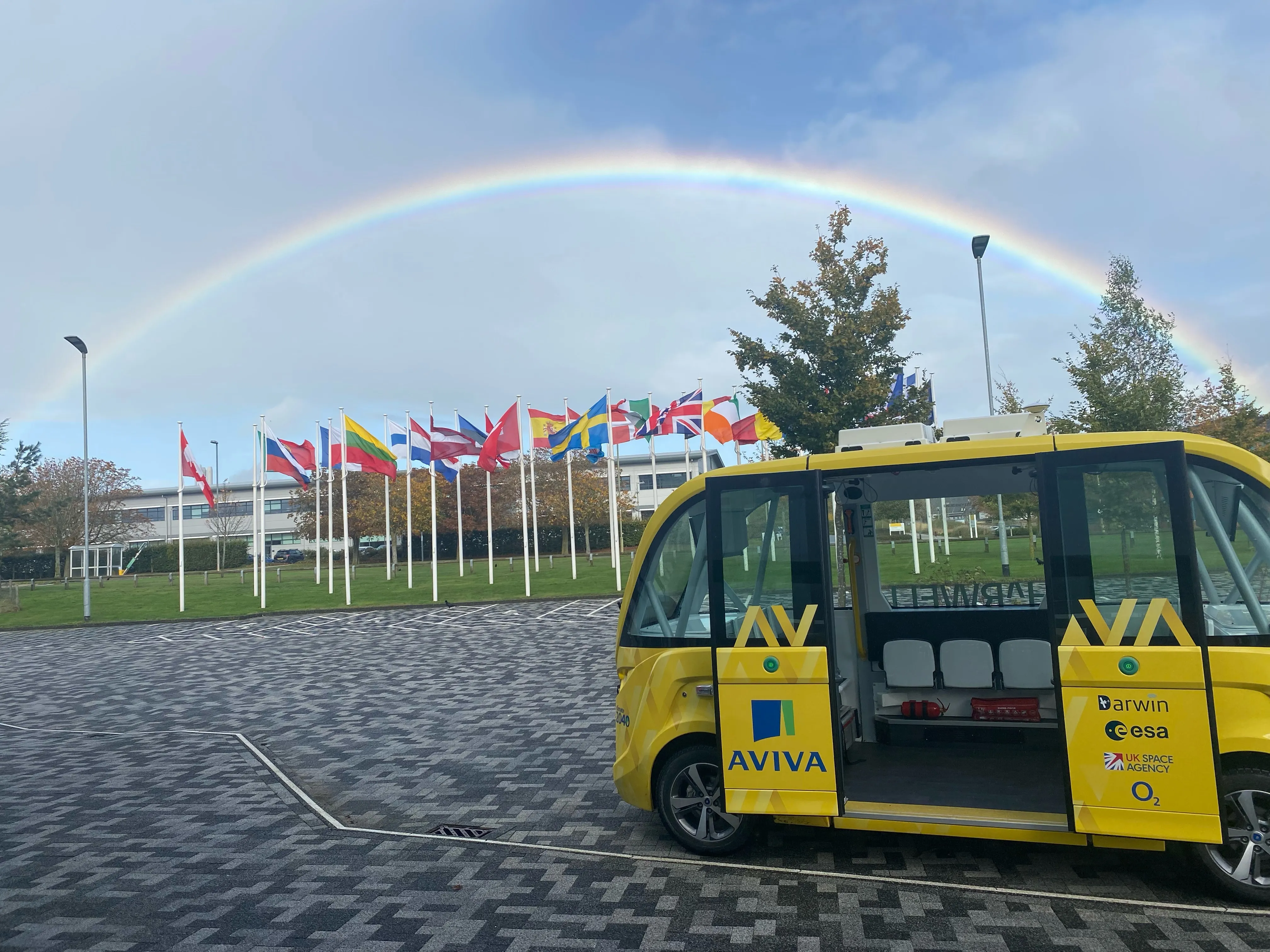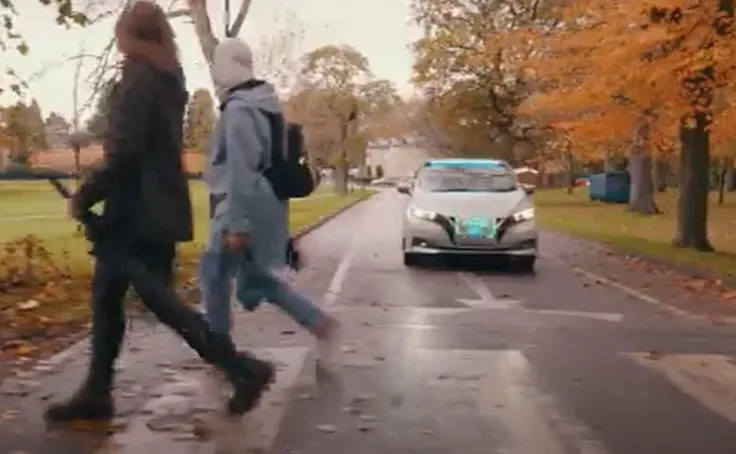
Darwin is operating an autonomous shuttle service that uses satellite communications instead of terrestrial Wi-Fi around the Harwell Science and Innovation Campus in the UK.
Science minister George Freeman says: “Until now autonomous vehicles have relied on terrestrial Wi-Fi, which means they can struggle to operate in remote and rural areas. By unlocking the power of space and satellite technology, these shuttles can stay connected all the time.”
The 700-acre campus is used by more than 600 people working in the sectors of space clean energy, life sciences and quantum computing. It is located in Oxfordshire, a county in the west region of South East England.
The Navya shuttle uses Lidar sensors, cameras and ultrasound sensors to navigate around obstacles while also utilising a GNSS antenna for positioning. An on-board operator manages the safety controls.
Darwin – a research and development company – will track the shuttle's location and gather information about its operation as it travels. The vehicle will transmit telematics data in real-time using Hispasat’s satellite communication channels and O2’s 4G and 5G networks.
The services operates on weekdays along Fermi Avenue and on a second route along Eighth Avenue, with the European Space Agency building being the central stop for both services. Campus pass-holders and their guests can hitch a ride for free.
Stuart Grant, chief executive at Harwell Science Campus, says: “The Harwell shuttle will transport over 6,000 employees around the campus, showcasing the future of travel and urban mobility.”
The battery-powered shuttle is insured by Aviva, who will use data from the trial to create products to cater to autonomous vehicles and associated technologies.
Aviva chief operating officer Nick Amin says: “The data from this trial will help us understand and shape the mobility insurance policies of the future.”
Other partners involved in the project include the UK Space Agency, STFC and AWS (Amazon Web Services).








